
Support Your Workout With These 10 Herbs for Athletes
If you or someone you love has an athletic lifestyle, you’ll find plenty of recipes and herbal remedies online to help ease muscle strain, reduce swelling and bruising, and generally relieve the aches and pains. What you won’t find as easily is how to draw on the power of plants to avoid injury in the first place. I like to approach herbs for athletes from a wellness and prevention perspective.
Prevention is one of the most powerful herbal practices, one athletes can and should draw on. The key for athletes young and old is to focus on three core areas: staying energized, replenishing nutrients, and preventing oxidative stress.
Stay Energized: Boost Energy in the Gym and All Day Long
For many athletes, energy ebbs and flows. Some days you’re feeling on top of your game, but others you’re barely limping along. Sometimes, you finish a training session totally energized … and other times it’s all you can do to make it through the rest of the day. That’s pretty normal for most people, but athletes notice it more keenly because it can dramatically change their performance.
Athletes face many of the same stressors as do non-athletes, like finances or work or relationship challenges, but they’ve got an extra set we often don’t recognize. The rigors of training are stressful for the body, mind, and spirit as well. All that stress can cause ups and downs in your energy levels. Happily, we have a whole set of herbs for athletes to help us manage stress and recover our energy flow.
Supporting Your Body with Adaptogens
Western herbalists like to draw on a class of herbs dubbed adaptogens by Russian scientists in the 1940s to help folks get through stressful periods. Adaptogens help the body adapt to stressful conditions. When the stress is due to life’s challenges, we use adaptogens to help us find the energy we need to get through the challenge and establish a new rhythm afterward. These herbs were once called trophrestoratives or modulators by Traditional Western herbalists. In Ayurvedic practice, they are considered rasayana and in Traditional Chinese Medicine they’re chi tonics. Regardless of the culture, they’ve been in use to support the body’s vital energy a long time.
Particularly helpful herbs for athletes include adaptogens like rhodiola, tulsi, and ashwagandha for support through competitions and intense training periods.
Rhodiola (Rhodiola rosea) or roseroot is a Siberian herb long recognized as a longevity tonic, although it’s only been used by modern herbalists for a few decades. Studies confirm the benefits Siberian folk herbalists claim; rhodiola can help improve focus and mental clarity as well as increase overall energy. In part, we believe that’s because rhodiola supports the body in making adenosine triphosphate, aka ATP, which is the primary energy source for all of our cells.1 Sensitive folks should be aware that this means rhodiola can be quite stimulating, so start small and work up carefully when using this adaptogen herb.
Tulsi (Ocimum sanctum) or holy basil is one of Ayurveda’s favorite calming adaptogen herbs. Practitioners often call it “The Great Protector” for good reason. Tulsi helps calm the nervous system without dampening the immune or digestive systems. It can help your body reduce stress responses, like insulin sensitivity and cortisol production, while it directs energy into necessary work, like digestion. Tulsi comes in many varieties, like Krishna or Rama. Each has its own subtle properties. All, though, are generally calming and energizing.
Ashwagandha (Withania somnifera) is another Ayurvedic mainstay for supporting a healthy body-mind-spirit. People often tout this herb as an aphrodisiac, but that’s just one of the many healthful, balancing effects ashwagandha can have. Ashwagandha has been shown to support a healthy libido and immune system and to help balance the adrenal-endocrine system. It is often used to boost energy by promoting a restful state of being all day long, allowing one to sleep well at night and awake fresh in the morning.2
Electrolytes: Staying Nourished is Key to Athletic Success
We’ve all heard plenty about the importance of electrolytes for general health during and after a workout. These minerals and trace elements help our bodies build muscle, pump blood, and keep our nervous systems running in top form. We sweat them out when we train, so replenishing them is vital to improving our performance both on and off the field.
Herbs for athletes like nettle, oatstraw, and raspberry leaf are the perfect partners for someone who wants to stay hydrated and replenish electrolytes naturally. You can make a daily infusion to drink before, during, and after training. They also make a terrific acetyl extraction, aka herbal vinegar, to add to salad dressings, soups and stews, or to your favorite smoothie or juice.
Nettle (Urtica dioica) is a mildly drying herb chock-full of nutrients that’s often included in anti-histamine or allergy tea blends. You don’t need to suffer from allergies to benefit from nettle’s nutrition. If you’re living and training in a dry climate, it would be wise to pair your daily nettle with a moistening herb, like Aloe or marshmallow leaf.
Oatstraw (Avena sativa) has a particular affinity for the nervous system, but that’s not all it’s good for. Oatstraw contains lots of minerals and nutrients that help soothe and repair the nerves as well as build bones and muscles.
Red raspberry leaf (Rubus idaeus) is another plant filled with tons of nutrition. Herbalists often include it in fertility blends and teas for new moms, but athletes can make good use of this nutritive digestive herb, too. Raspberry leaf has an affinity for the lower abdomen, including the small and large intestinal tracts. This herb offers athletes both a nutritional boost and the digestive support needed to ensure their bodies make best use of all the nutrition available.
Oxidative Stress: The Silent Killer Stalking Athletes
Did you know athletes are at a significantly higher risk of developing inflammatory diseases due to oxidative stress? Studies show folks who lead an active lifestyle, including athletes of all levels, experience higher levels damage from oxidative stress than folks with more sedentary lifestyles.3
Oxidative stress produces free radicals, which bounce about your system causing damage as they go. The body’s natural response is to activate the immune system to find and remove them through the detoxification systems. Because athletes are more active, their bodies burn more oxygen and create more free radicals.
That overload can overwhelm the body’s natural response, making a healthy athletic practice a bit of a double-edged sword. On one hand, athletes are building healthier, stronger circulatory and skeletal-muscular systems. On the other hand, oxidative stress is quietly setting the stage for inflammatory diseases like arthritis, diabetes, cancer, and heart disease.
How to Approach Oxidative Stress
For all athletes, eating a diet rich in antioxidants is key to preventing damage while cashing in on the many health benefits of staying active. Getting those antioxidants is easy when you eat a diet rich in fruits and vegetables of all colors, of course. Beyond the basics you’ve already read about, like plums, blueberries, cherries, garlic, and kale, we can draw on a few slightly overlooked herbs for athletes to boost antioxidants in our diets.
Lychii (Lycium barbarum or L. chineses) a.k.a goji berry or wolf berry, has long been used in Traditional Chinese Medicine as a tonifying herb.4 Lychii helps the body replenish its blood supply, which in turn supports a healthy circulatory system and allows the body to remove free radicals more easily. Lychii’s flavor is mild and easy to enjoy as a snack, in cereals, or in smoothies.
Rose hips (Rosa spp.) and hibiscus (Hibiscus rosa-sinensis or H. sabdariffa) are another set of potent antioxidant herbs that can be easily swallowed. They’re high in vitamin C, which gives them their characteristic tart flavor. Both reduce inflammation and support a healthy circulatory system. Hibiscus can be mildly diuretic, while rose hips are less so. Rose hips can be mildly warming while hibiscus is more neutral. Athletes can alternate these two, using hibiscus more in warmer months and climates while reserving Rose for the cooler seasons and climates. Either make wonderful additions to your daily tea.
Cinnamon (Cinnamomum cassia or C. ceylon) is a surprising antioxidant herb as well. Studies show cinnamon contains free radical-scavenging constituents, which means cinnamon helps your body track down excess free radicals and eliminate them.5 In Traditional Chinese Medicine, cinnamon is considered very hot, meaning it’s highly stimulating and can really get your energy moving.6 Practitioners often pair it with tonifying herbs, like lychii and rose hips or hibiscus, to help build chi or vital energy within the body. Athletes can benefit from a little cinnamon taken daily to boost vitality and protect against oxidative stress.
Recipe: Athlete’s Best Friend Tea
This daily infusion can support your training and your life. I make this tea blend in bulk, using a standard measuring cup (250 ml) for each part, and I store it in a quart- or liter-sized canning jar in my tea cabinet. It infuses beautifully as either a cold or hot infusion.
In summer, you can make a quart (1 L) of cold infusion daily using a half-cup (120 ml) of tea blend to a quart (1 L) of water. In winter, use the same ratio, but heat the water to a boil and brew it in a thermos to keep it warm all day. If you really want to get all the minerals and nutrients possible from your brew, consider adding a little vinegar while it steeps.
What you’ll need…
- 1 part dried nettle
- 1/2 part dried rose hips or hibiscus
- 1 part dried oatstraw
- 1 part dried raspberry leaf
- 1/2 part dried tulsi or holy basil leaf
- Blend all herbs and store them in an airtight container. Be sure to label your blend.
- To brew a single cup of tea, use 2 tablespoons (15 ml) of herb in a cup (250 ml) of water. Let the herbs steep in the water for 20 minutes if the water was hot or several hours if it was cold. Strain and enjoy.

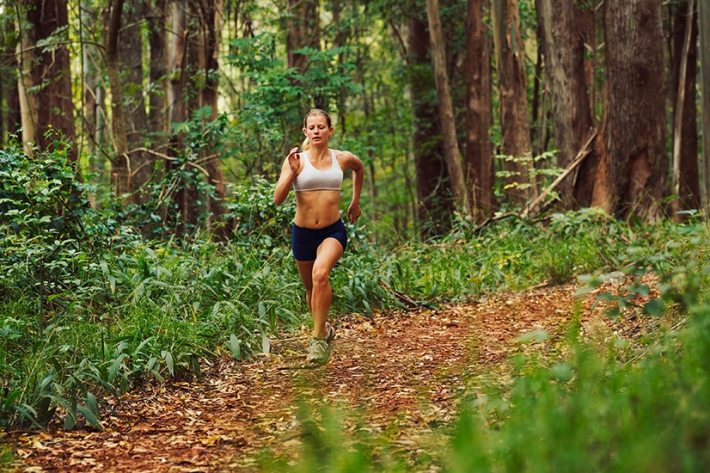

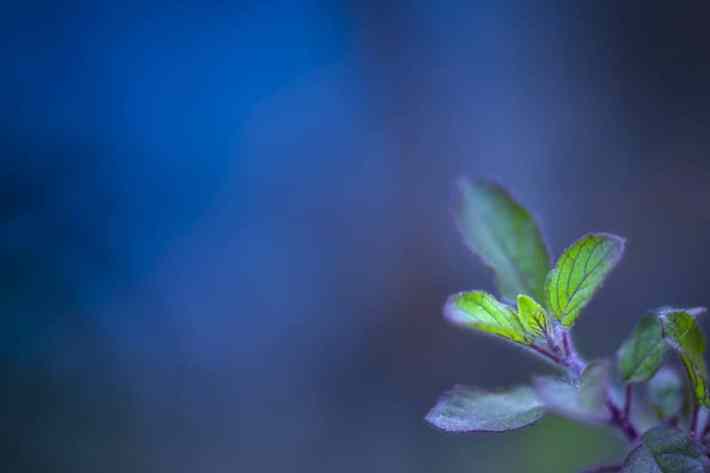
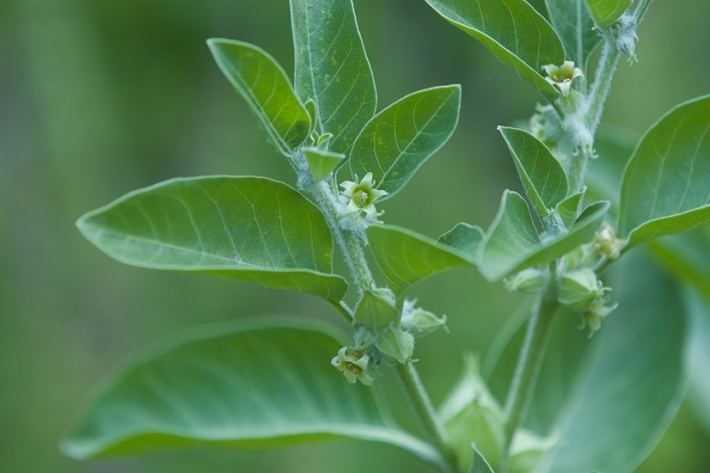
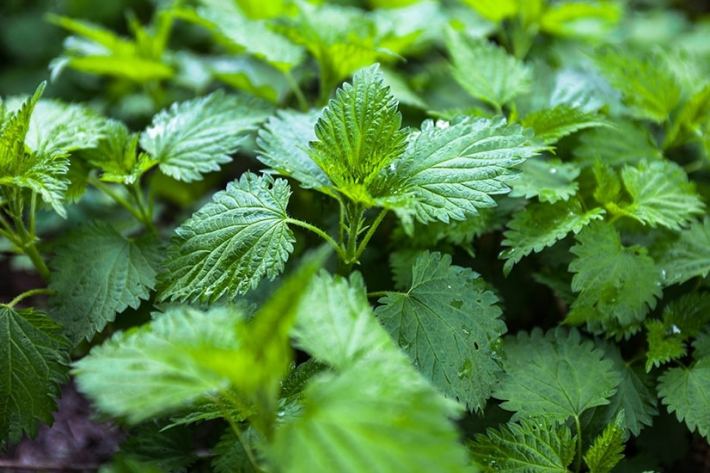
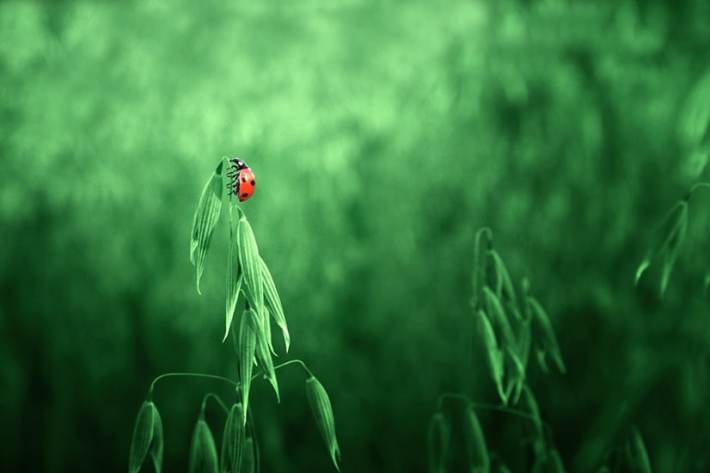












What can I use, for now, in place of the raspberry leaf? It’s the only one I currently am out of.
Traci, you may leave it out and add it to your bulk mix when you get some. Or, you could use 1.5 parts of the nettle and 1.5 parts of the oatstraw, if you don’t plan to order the raspberry leaf soon. Enjoy!